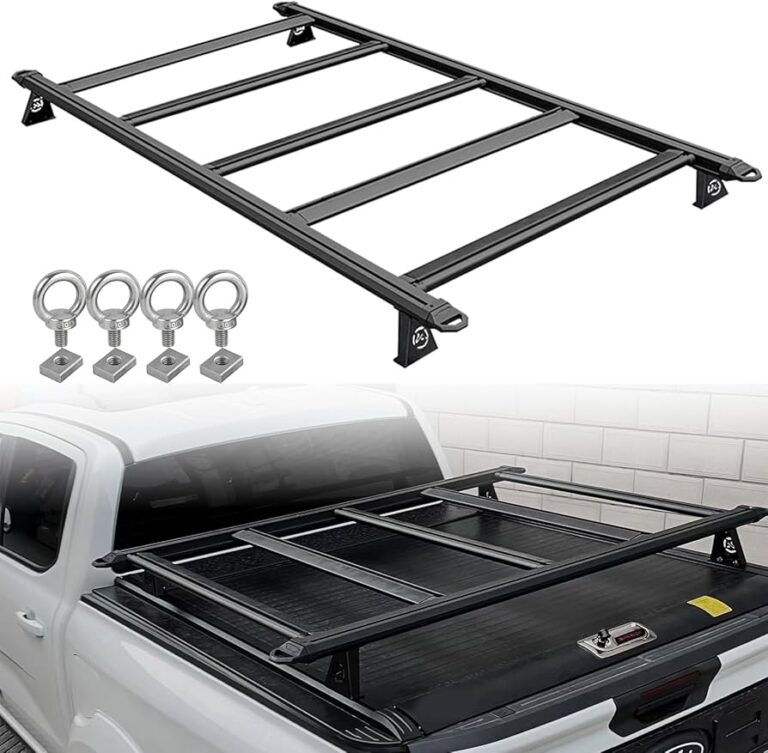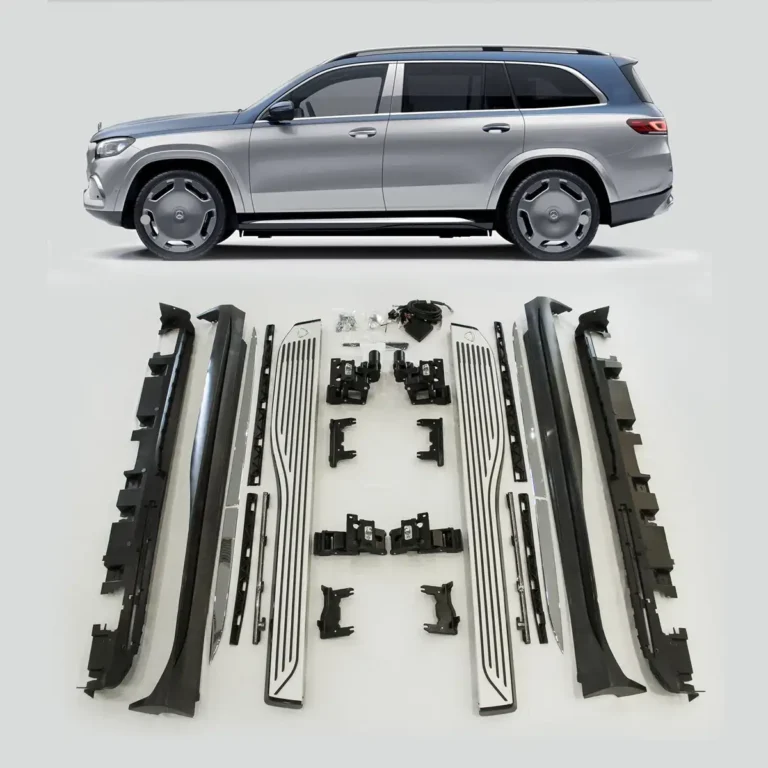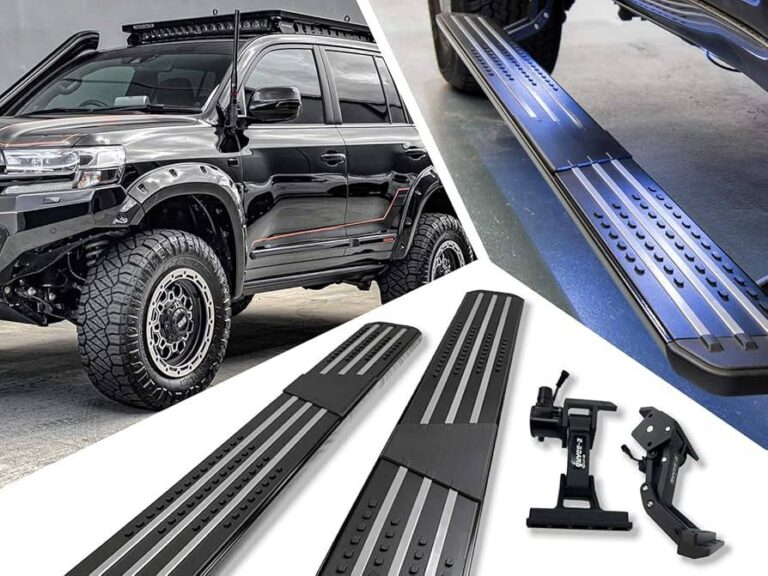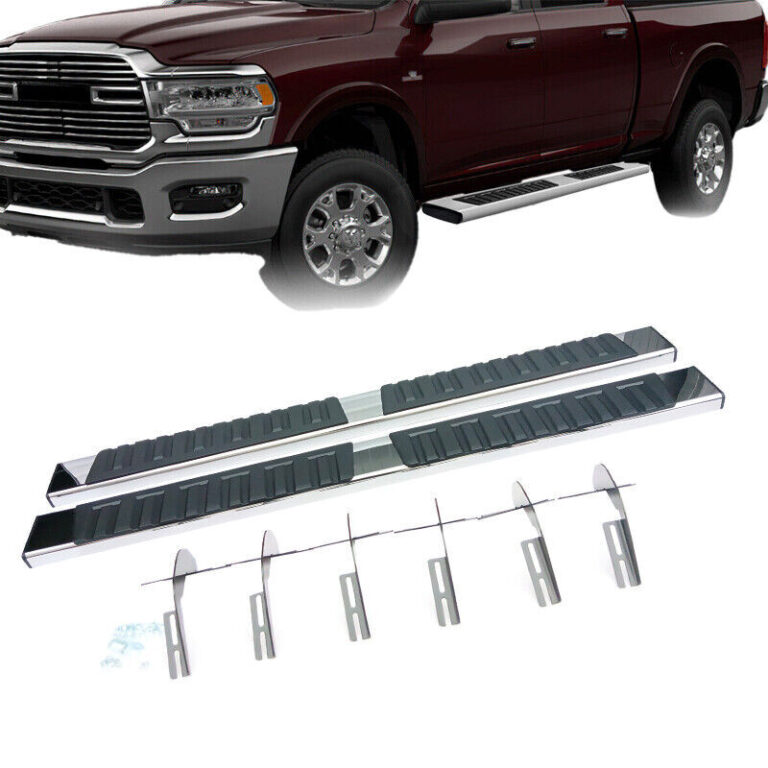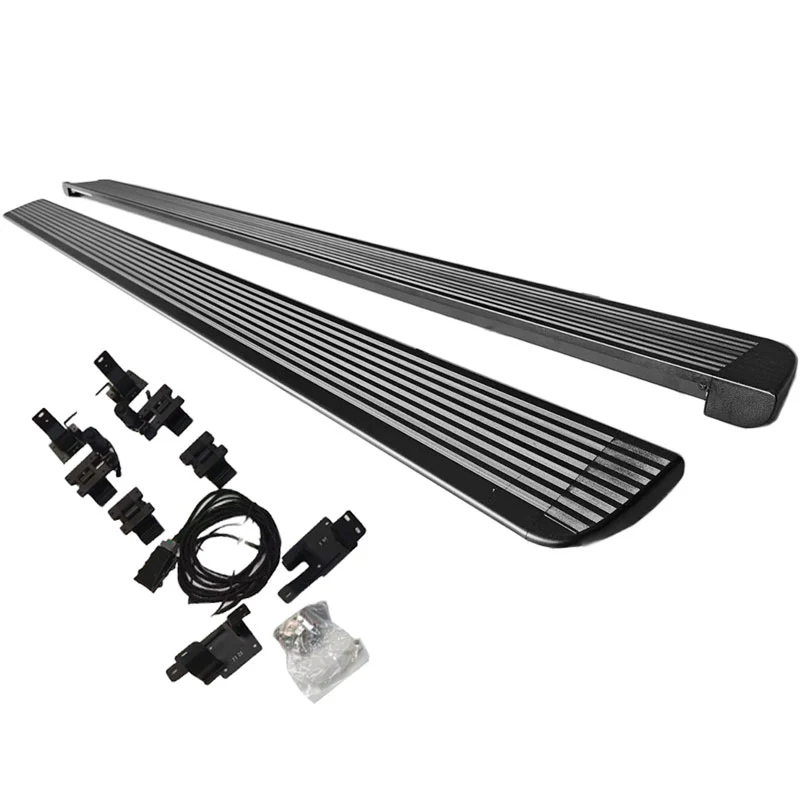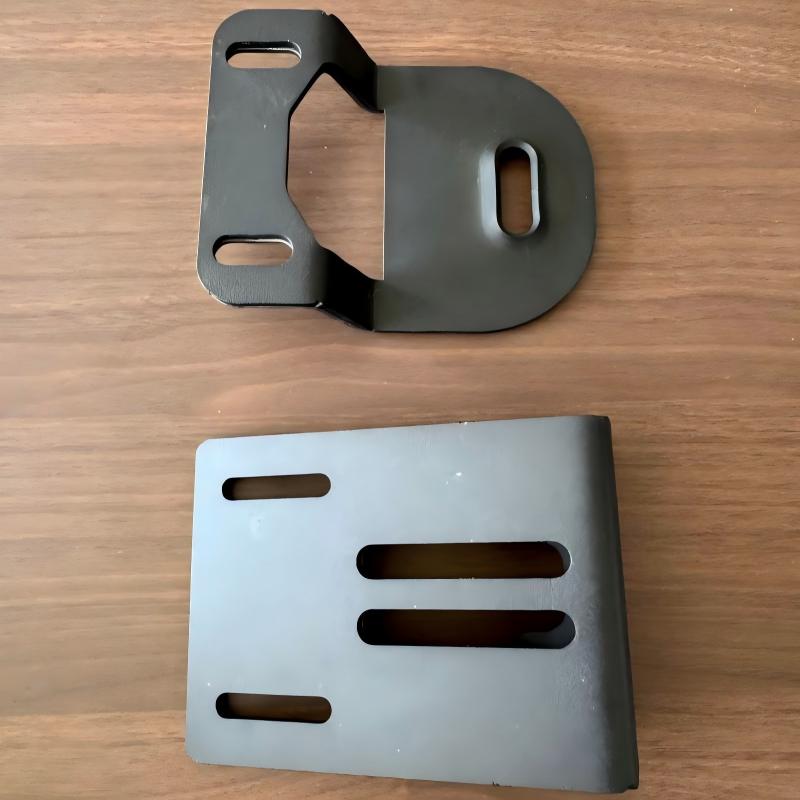-
GaoxinQu, Xingtan, Shunde, Guangdong
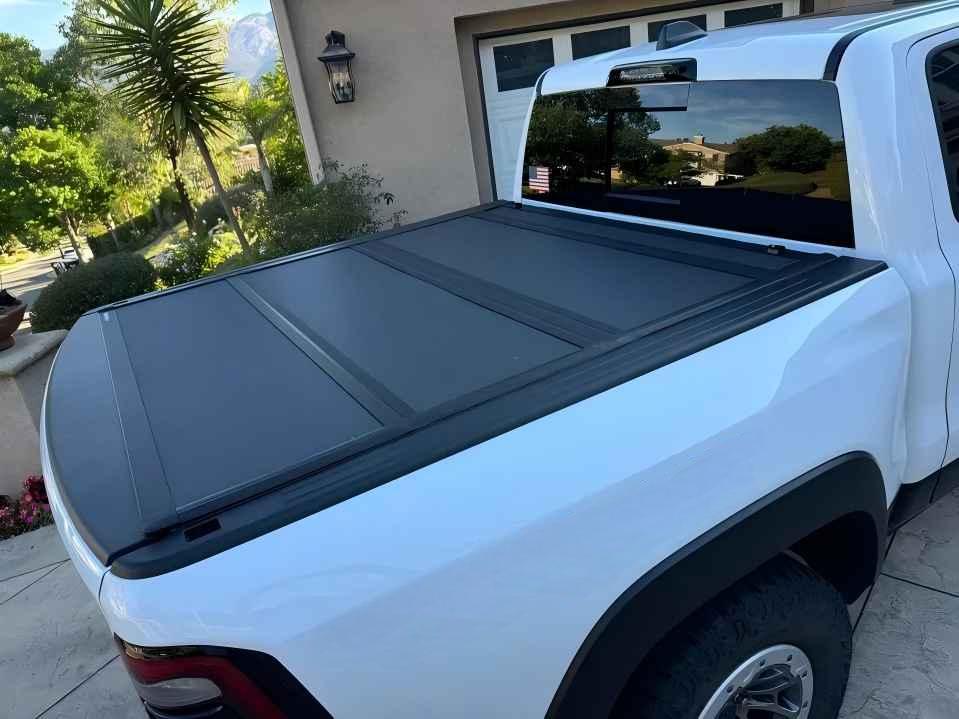
Do Truck Tonneau Covers Really Improve Fuel Economy?
Table of Contents
Summary
A truck tonneau cover (also known as a cargo box cover or truck cover) is not only an accessory that enhances the appearance of the vehicle, but is also seen by many car owners as an effective way to improve fuel economy. However, does it really save fuel? This article will take a deep dive into how truck tonneau covers can improve fuel efficiency by optimizing aerodynamics, and analyze their real-world effects based on scientific research, actual test data, and user feedback. In addition, we will introduce other advantages of truck tonneau covers (such as cargo protection and anti-theft) as well as potential disadvantages (such as installation costs and compatibility issues) to help you make an informed purchasing decision.
1. How do truck tonneau covers affect aerodynamics?
Argument 1: Air resistance is the main factor in fuel consumption
Trucks and pickups generate significant air resistance at high speeds due to their open cargo box design. The airflow hits the cargo box and creates turbulence (bottom drag effect), forcing the engine to consume more fuel to maintain speed.
Data support:
- Research by the U.S. Department of Energy (DOE) shows that air resistance accounts for more than 50% of total resistance at 65 miles per hour (about 105 kilometers).
- Wind tunnel tests show that the air resistance coefficient (Cd value) of trucks without rear covers is 15-20% higher than that of closed boxes.
Argument 2: How does a truck rear cover optimize airflow?
The rear cover reduces resistance in the following ways:
- Reduced turbulence: A closed box allows airflow to flow more smoothly over the body of the vehicle, rather than forming vortices in the box.
- Improved airflow separation: A hard rear cover (such as a flat top or folding type) can guide air along the body of the vehicle better than a soft rolling cover.
- Reduced wind noise: Reducing wind resistance also reduces noise inside the vehicle.
Test comparison:
- SAE International (Society of Automotive Engineers) tests found that installing a hard rear cover can reduce air resistance by 7-12%, which is equivalent to a 2-4% reduction in high-speed fuel consumption.
- Ford F-150 wind tunnel test shows that hard tailgate can improve 1-2 MPG (miles per gallon).
Argument 3: Aerodynamic performance of different types of tailgates
| Tailgate type | Aerodynamic efficiency | Applicable scenarios |
|---|---|---|
| Soft roller shutter | Medium (5-8% drag reduction) | Daily commuting, occasional cargo |
| Hard folding | Higher (8-12% drag reduction) | Frequent high-speed driving |
| Retractable | Best (10-15% drag reduction) | Pursuit of optimal fuel economy |
| Snap-on | Lower (3-5% drag reduction) | Limited budget, basic protection needs |
Conclusion: Hard, low-drag tailgates (such as retractable or folding) have the most obvious improvement in fuel economy.
2. Scientific research and actual test data
Argument 4: Laboratory wind tunnel test results
- SAE research (2019): The closed rear cover reduces the drag of pickup trucks by 7-12% and improves high-speed fuel consumption by 2-4%.
- Ford official test: After installing a hard rear cover on the F-150, the aerodynamic efficiency is improved by 6%, and the fuel consumption is reduced by 1-2 MPG (at 60 mph).
- Truck Covers USA independent test: High-quality retractable rear covers can reduce drag by 10%, especially at speeds above 50 mph.
Argument 5: Fuel consumption test in real driving conditions
- Highway driving:
- User survey (PickupTruckTalk, 2022) shows that 68% of car owners reported that high-speed fuel consumption increased by 1-3 MPG.
- The best effect is when unloaded (drag reduction is most obvious).
- Urban driving:
- Air resistance has little effect at low speeds, and the improvement in fuel consumption is limited (0.5-1 MPG).
- Cargo impact:
- The fuel saving effect of the tailgate is reduced when fully loaded, but it is still better than an open cargo box.
Key variables:
- Speed: The fuel saving effect is significant above 55 mph.
- Vehicle type: Full-size pickup trucks (such as F-150, Silverado) benefit more.
- Installation quality: Gaps or looseness will reduce the aerodynamic optimization effect.
3. Other advantages of truck tailgate
Argument 6: Cargo protection and security
- Rain and dustproof: Waterproof tailgate can protect cargo from bad weather.
- Theft resistance: Hard tailgate (such as aluminum alloy) provides higher security.
- UV protection: Avoid direct sunlight that may cause aging of items in the cargo box.
Argument 7: Improve vehicle aesthetics and resale value
- Appearance upgrade: The streamlined rear cover makes the truck look more high-end.
- Value retention:
- The Kelly Blue Book 2023 report pointed out that trucks with rear covers have a 5-8% higher resale price.
- The cargo box is protected from wind and sun, reducing long-term wear and tear.
Argument 8: Reduce long-term maintenance costs
- Reduce the risk of rust and scratches in the cargo box.
- Protect the tailgate hinges and locks to extend the service life.
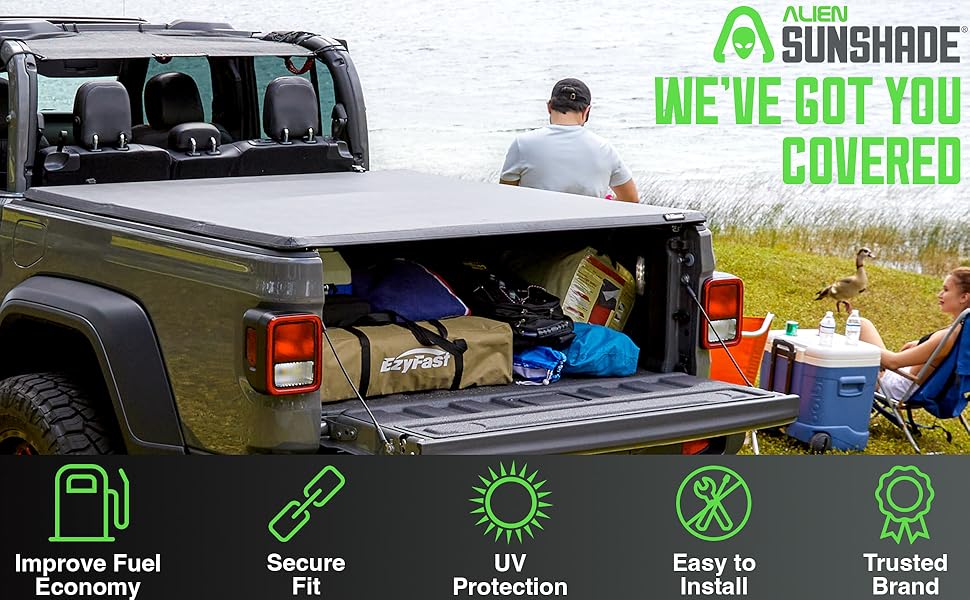
4. Potential Disadvantages and Considerations
Argument 9: Installation Cost and Complexity
| Tail Cover Type | Installation Time | Price Range |
|---|---|---|
| Soft Roll-Up | 15-30 Minutes | $200-$600 |
| Hard Folding | 1-2 Hours | $500-$1,500 |
| Retractable | 2-3 Hours (Some require professional installation) | $1,000-$2,500 |
Note: Power-operated retractable tail covers may require professional installation, adding extra costs.
Argument 10: Compatibility with Truck Accessories
- Cargo Box Liner: Some tail covers conflict with non-slip linings, so choose compatible models.
- Shelves/Tool Boxes: Folding tail covers may affect the use of additional storage accessories.
- Cameras/Sensors: For high-end models, make sure the rear cover does not affect the reversing radar or 360° camera.
FAQS
1. Do tonneau covers really improve fuel economy?
Yes, by reducing air drag—especially at highway speeds (55+ mph). Tests show 1-3 MPG improvements for most trucks.
2. Which tonneau cover type saves the most fuel?
Hard retractable/folding covers perform best (up to 10-15% drag reduction), followed by soft roll-ups (5-8%).
3. Does fuel savings vary by truck model?
Yes. Full-size pickups (e.g., F-150, Silverado) benefit more due to their larger, boxier beds.
4. Are tonneau covers effective for city driving?
Minimal impact. Fuel savings are most noticeable on highways where air resistance dominates.
5. Conclusion: Is a truck rear cover worth investing in?
Suitable cases for installing a rear cover
✔ Frequent high-speed driving (such as long-distance transportation, road trips) ✔ Fuel economy optimization (especially when driving without a load) ✔ Need cargo protection (rain, theft, UV protection) ✔ Want to increase the resale value of the truck
Possibly unsuitable cases
✖ Mainly used for short-distance low-speed driving in the city (limited fuel saving effect) ✖ Limited budget and low requirements for fuel consumption improvement ✖ Frequently load extra-high items in the cargo box (the rear cover may affect the loading space)
Final advice:
- If fuel economy is the main consideration, choose a hard low-drag rear cover (such as retractable or folding).
- If cargo protection is more important, a waterproof hard rear cover is the ideal choice.
- For occasional car owners, soft rolling curtain is more cost-effective.
Through scientific data and real user feedback, it can be seen that truck tailgates can indeed significantly improve fuel economy when driving at high speeds, while providing additional advantages such as cargo protection, anti-theft and aesthetic upgrade. However, its effect is affected by factors such as car model, driving habits, and tailgate type. It is recommended to choose the most suitable product according to your own needs.

